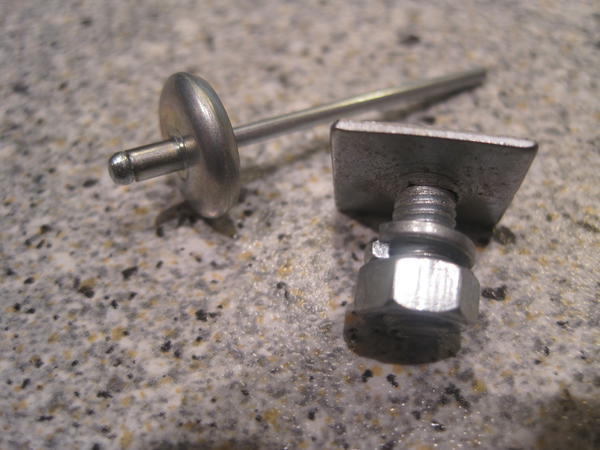How Long Does It Take to Fix a Crashed Car?

Having your car out of commission after a crash can disrupt your life, but understanding the repair timeline can ease the stress. At CARDIAGTECH.NET, we help you navigate the complexities of auto body repairs, focusing on providing the tools and knowledge for efficient and effective solutions. This guide explores the typical repair times and factors that influence them, ensuring you’re informed and prepared. Discover how collision repair estimates and streamlined procedures can speed up the process.
1. Decoding the Timeline: Average Collision Repair Time
The question “How long does it take to fix a crashed car?” doesn’t have a simple answer. The duration can range from a few hours to several weeks, hinging on the extent of the damage and other variables.
 Average Collision Repair Time
Average Collision Repair Time
To provide a clearer picture, here’s a breakdown of average repair times for different levels of damage:
| Type of Collision Repair | Average Time to Fix |
|---|---|
| Minor Collision Repair | 1-3 days |
| Major Collision Repair | 1 to 3 weeks |
| Paintless Dent Repair | 1-2 days |
| Bumper Repair/Replacement | 1-3 days |
| Fender Repair/Replacement | 1-4 days |
| Door Repair/Replacement | 2-4 days |
| Glass Replacement | 1-2 days |
| Suspension Repair | 2-3 days |
| Frame Straightening | 4 days – 2 weeks |
| Paint Repair (minor) | 2-4 days |
| Paint Repair (major) | 1-2 weeks |
| Airbag Replacement | 2-5 days |
| Engine Repair/Replacement | 1-4 weeks |
| Full Vehicle Restoration | 4-8 weeks or longer |
2. Minor vs. Major Collision Repairs: Understanding the Difference
The distinction between minor and major collision repair significantly impacts the time required.
2.1. Minor Collision Repair
Minor collision repairs typically take 1 to 3 days. These involve cosmetic fixes like small dents, scratches, or minor bumper damage. These repairs don’t affect the vehicle’s core structure and require only cosmetic adjustments, making them less labor-intensive.
Example:
- Shopping Cart Collision
 car with a dent from a shopping cart
car with a dent from a shopping cart
- Tree Branch Scratches
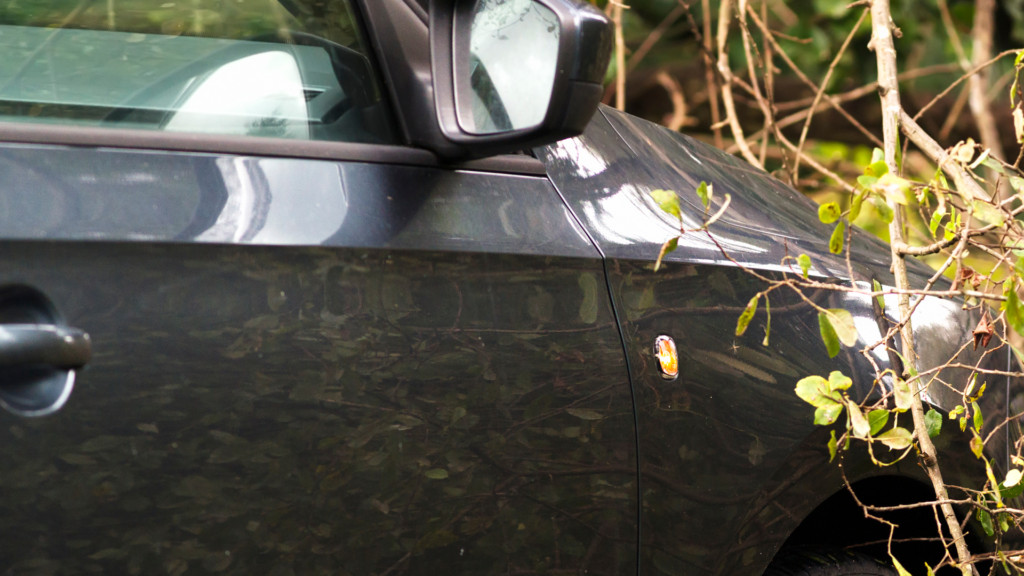 car with scratches from a tree branch
car with scratches from a tree branch
- Minor Scratches from Road Debris
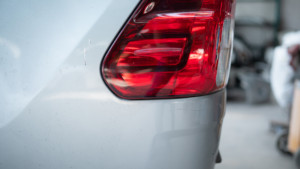 car with small paint chips and scratches on the hood or bumper
car with small paint chips and scratches on the hood or bumper
2.2. Major Collision Repair
Major collision repairs, on the other hand, can take 1 to 3 weeks. These involve more complex issues such as frame damage, mechanical problems, or airbag replacements. These repairs require specialized work and potentially waiting for parts.
Example:
- Rear-End Collision
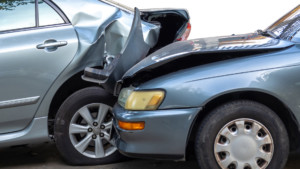 car with rear end damage, including a crushed trunk and a damaged bumper
car with rear end damage, including a crushed trunk and a damaged bumper
- Side-Impact (T-Bone) Collision
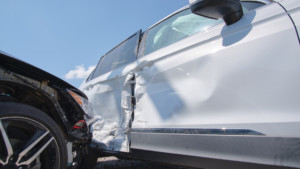 car with side impact damage, including a crushed door and a damaged side panel
car with side impact damage, including a crushed door and a damaged side panel
- Parking Lot Collision with a Pole or Barrier
 car with frontend damage from hitting a pole or barrier, including a damaged bumper and a bent fender
car with frontend damage from hitting a pole or barrier, including a damaged bumper and a bent fender
2.3. Severe Collision Damage
Severe damage cases, like extensive frame damage or the need for rare parts, can extend repairs beyond 3 weeks. The greater the damage, the longer the repair timeline.
Example:
- High-Speed Head-On Collision
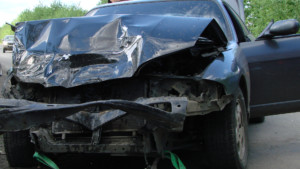 car with severe frontend damage, including a crushed front end, crumpled hood, and broken windshield
car with severe frontend damage, including a crushed front end, crumpled hood, and broken windshield
- Rollover Accident
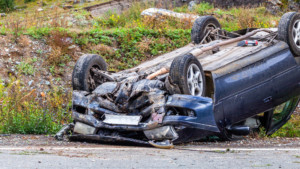 car that has rolled over, showing damage to the roof, sides, and possibly the undercarriage
car that has rolled over, showing damage to the roof, sides, and possibly the undercarriage
- Severe Side-Impact (T-Bone) Collision at High Speed
Alternative Text: Extreme side-impact damage to a car from a high-speed collision, featuring a crushed door, severely damaged side panel, and potential frame damage.
3. Navigating the Process: Stages of the Collision Repair Process
Understanding the stages involved in collision repair helps set realistic expectations for the timeline, from the initial estimate to the completed vehicle.
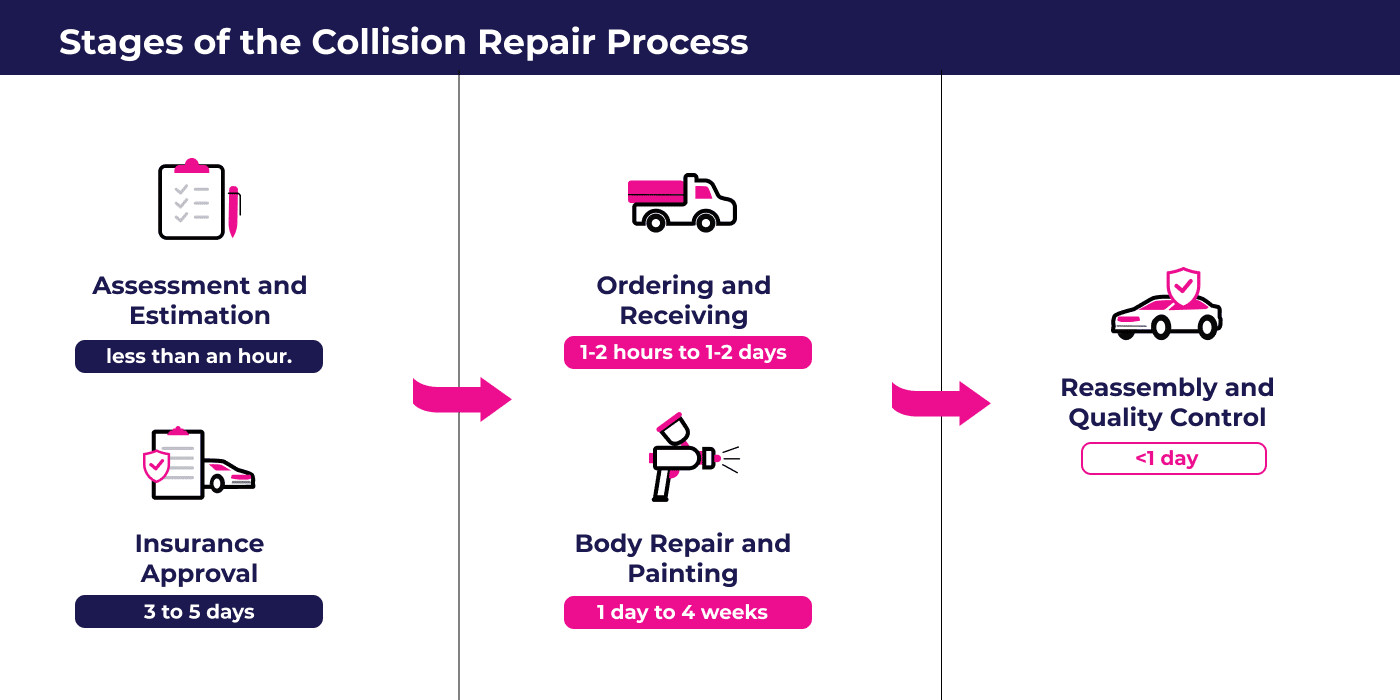 Stages of the Collision Repair Process
Stages of the Collision Repair Process
3.1. Assessment and Estimation
The first step is assessing the damage. The repair facility examines the car, estimates the repair time and cost, takes photos, and provides a repair estimate to the owner. According to industry standards, a detailed collision repair estimate can significantly affect the repair timeline.
Timeframe: Typically, many shops take several hours to a day or longer for an accurate estimate. CARDIAGTECH.NET tools can help expedite this process.
3.2. Insurance Approval
If using insurance, the company reviews and approves the estimate. This may involve negotiation based on the repairs, costs, and other details. This process can take a few days or longer, as the insurance company determines if the vehicle is repairable and if the repair costs are reasonable.
Timeframe: 3 to 5 days
3.3. Ordering and Receiving Parts (if needed)
Depending on the damage, vehicle make and model, and damaged area, the shop may need to order replacement parts. This can take from a couple of hours to several days or longer, depending on the type of parts needed.
Timeframe: 1-2 hours to 1-2 days
3.4. Body Repair and Painting
The next stage is the actual vehicle repair. This includes restoring the vehicle to factory specifications and ensuring the car frame is structurally sound. This involves dent removal, part replacement, and using premium paint to restore the vehicle’s aesthetic.
Timeframe: 1 day to 4 weeks, depending on damage and other factors
3.5. Reassembly and Quality Control
Detail pieces and moldings are put back on the vehicle. The vehicle is then washed, cleaned, and thoroughly inspected to ensure everything looks great. All vehicle systems are checked and tested for safety and performance.
4. Essential Factors Influencing Collision Repair Time
Understanding the factors that affect repair time can help manage expectations.
 Factors Affecting Collision Repair Time
Factors Affecting Collision Repair Time
4.1. Severity of Damage
The extent of damage significantly impacts repair costs and time. Minor issues like dents or scratches are quicker and cheaper, ranging from $150 to $2,000, while major repairs like bumper or frame damage can cost up to $30,000. Minor repairs take a few hours, but larger fixes may take days or weeks.
4.2. Availability of Replacement Parts
The availability of replacement parts impacts both cost and repair time. Common parts are usually less expensive, ranging from $100 to $3,000, and can be delivered quickly, allowing repairs to be completed in a few hours to a couple of days. Rare or custom parts are more costly, sometimes exceeding $5,000, and can take several days or even weeks to arrive. This increases the overall repair cost and extends the repair time, as work cannot begin until the parts are received.
OEM parts are often on backorder due to high demand or limited production, while aftermarket parts are generally more accessible but may not match OEM quality, potentially impacting durability.
4.3. Type of Vehicle
The vehicle type affects repair costs and timelines significantly. Common vehicles like Toyota, Honda, Ford, and Chevrolet typically have readily available aftermarket and OEM parts, making repairs faster and more affordable, with costs generally ranging from $500 to $3,000 and taking only a few days. Luxury or rare vehicles such as Mercedes-Benz, BMW, Audi, Lexus, and Tesla require specialized parts and technicians trained in handling specific features or technologies. Repairs for these brands can be more expensive, often exceeding $5,000 and taking several weeks, especially if rare parts are needed.
Newer vehicles across all brands may also have quicker and more cost-effective repairs due to better access to OEM parts and warranty coverage, which can reduce both time and costs involved.
4.4. Insurance Company Involvement
When insurance is involved, it often adds time due to claim filing and approval. Minor repairs, usually under $1,000, are often quicker and cheaper to handle out-of-pocket. For larger repairs, costs can range from $1,500 to $5,000 or more. Insurance claims can extend repair time from days to weeks.
4.5. Repair Shop Workload
The workload of the auto repair shop can affect how long it takes to get your vehicle repaired. If the shop is busy, delays can occur. Choosing a reputable shop is crucial because they provide quality work, fair pricing, and transparency without hidden fees. On average, collision repairs can cost between $1,500 to $5,000, and the repair time can range from a few days to a couple of weeks, depending on the shop’s workload and the complexity of the repair.
5. Streamlining Your Repair: How CARDIAGTECH.NET Can Help
At CARDIAGTECH.NET, we understand the challenges faced by auto repair technicians. Our range of diagnostic tools and repair equipment is designed to improve efficiency, reduce repair times, and enhance the quality of work.
- Advanced Diagnostic Tools: Quickly identify the root cause of issues, reducing diagnostic time and improving accuracy.
- High-Quality Repair Equipment: From dent pullers to frame straighteners, our equipment ensures repairs are done right the first time, minimizing rework.
- Training and Support: Stay updated with the latest repair techniques and technologies, improving your skills and efficiency.
By using CARDIAGTECH.NET tools, repair shops can:
- Reduce Diagnostic Time: Quickly and accurately diagnose issues.
- Improve Repair Quality: Ensure repairs meet the highest standards.
- Increase Customer Satisfaction: Deliver faster and more reliable service.
6. Call to Action: Optimize Your Repair Process with CARDIAGTECH.NET
Are you facing challenges with long repair times, difficulty in diagnosing issues, or the need for more efficient tools? CARDIAGTECH.NET is here to help. Our comprehensive range of diagnostic and repair equipment can transform your auto repair process, leading to faster turnaround times and happier customers.
Don’t let outdated tools hold you back. Contact us today for a consultation and discover how CARDIAGTECH.NET can revolutionize your auto repair shop.
Address: 276 Reock St, City of Orange, NJ 07050, United States
WhatsApp: +1 (641) 206-8880
Website: CARDIAGTECH.NET
7. Conclusion
The time it takes to fix a crashed car varies widely, from a day or less to several weeks. This depends on factors such as the severity of the damage, the type of vehicle, and the mechanic’s workload. Understanding the process helps manage expectations, but it’s important to be patient. Using a reputable auto repair service ensures clear communication and a smooth, fast, and reliable collision repair process. For efficient and quality repairs, CARDIAGTECH.NET provides the tools and equipment necessary to streamline the process.
8. Frequently Asked Questions (FAQs) About Average Collision Repair Time
8.1. What are my transportation options while my car is in the shop?
Finding transportation while your car is being repaired can be challenging. Options include rental cars (potentially covered by your insurance), public transportation, or borrowing a vehicle. Check your insurance policy for rental car coverage.
8.2. Do auto body shops offer warranties on their repair work?
Many reputable auto body shops offer warranties on their work. These warranties typically cover defects in workmanship and materials. Always ask about the warranty policy before proceeding with repairs.
8.3. How does the repair time compare between front-end and rear-end collisions?
Rear-end repairs are often quicker and cheaper than front-end repairs. The front of a vehicle involves more complex components like the grill, engine, radiator, and hood, which can extend repair times.
8.4. When is a car considered a total loss by the insurance company?
A car is typically considered a total loss when the cost of repairs exceeds the car’s value, often around 70-75% of the vehicle’s value. In such cases, the insurance company may declare the vehicle a total loss and pay you the car’s market value instead of covering repairs. According to ValuePenguin.com, understanding the total loss threshold can help you make informed decisions about your vehicle and insurance claim.
8.5. What should I do if the repair is taking much longer than originally estimated?
If the repair is taking significantly longer than estimated, communicate with your auto body shop to understand the reasons for the delay. Potential causes include unexpected damage, parts delays, or insurance claim issues. If necessary, contact your insurance company to explore options, but always start by discussing the issue with the repair shop.
8.6. How much does collision repair typically cost?
Collision repair costs vary widely based on the extent of damage, the type of vehicle, and the repair shop’s rates. Minor repairs can range from $150 to $2,000, while major repairs can cost $5,000 or more. For a precise estimate, visit CARDIAGTECH.NET to find reliable repair shops in your area.
8.7. Can I get a more accurate estimate using diagnostic tools from CARDIAGTECH.NET?
Yes, using advanced diagnostic tools from CARDIAGTECH.NET can help provide a more accurate and comprehensive damage assessment. These tools identify hidden issues and ensure all necessary repairs are included in the estimate, reducing the likelihood of unexpected delays and costs.
8.8. How can I expedite the parts ordering process?
Expediting the parts ordering process involves ensuring the repair shop has all necessary information, such as the vehicle’s VIN and specific part numbers. Choosing a shop that has established relationships with parts suppliers can also help speed up the process. CARDIAGTECH.NET can assist in identifying reputable suppliers and verifying part compatibility.
8.9. What role does the quality of repair equipment play in the overall repair time?
The quality of repair equipment significantly impacts the overall repair time. High-quality equipment ensures efficient and accurate repairs, reducing the need for rework and minimizing delays. CARDIAGTECH.NET offers a range of top-of-the-line equipment designed to optimize the repair process.
8.10. How can CARDIAGTECH.NET help ensure a smoother insurance claim process?
CARDIAGTECH.NET provides resources and tools that help auto repair shops document damage accurately and provide detailed estimates to insurance companies. This can lead to faster claim approvals and reduce the likelihood of disputes, ensuring a smoother and more efficient repair process for both the shop and the vehicle owner.



